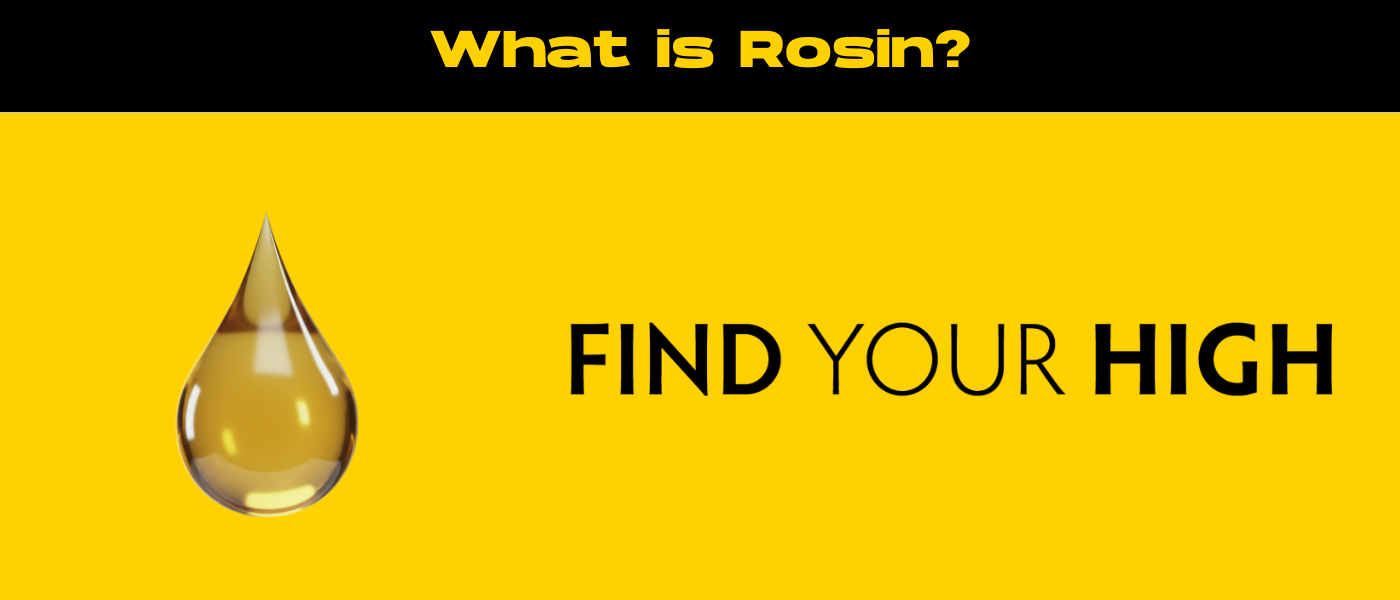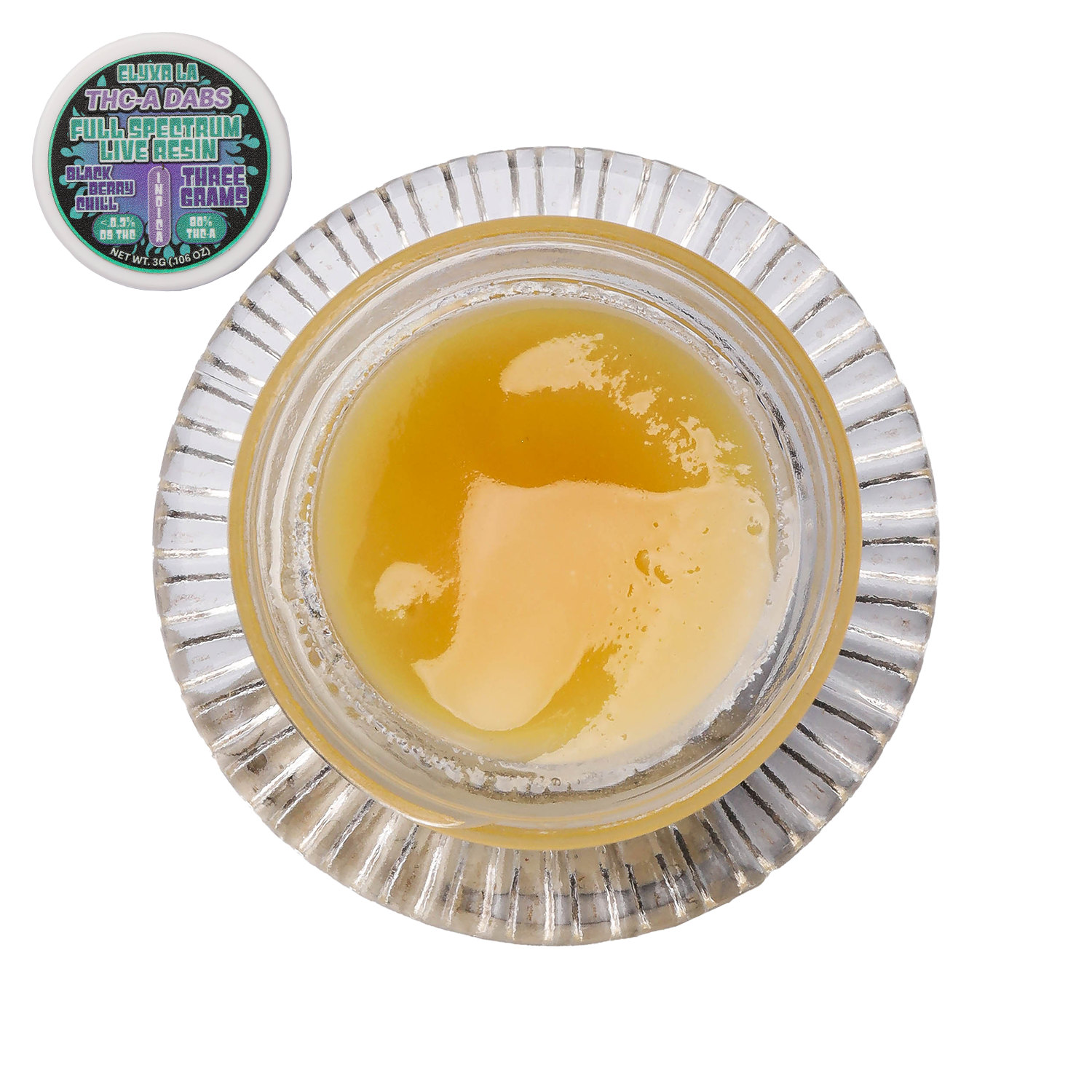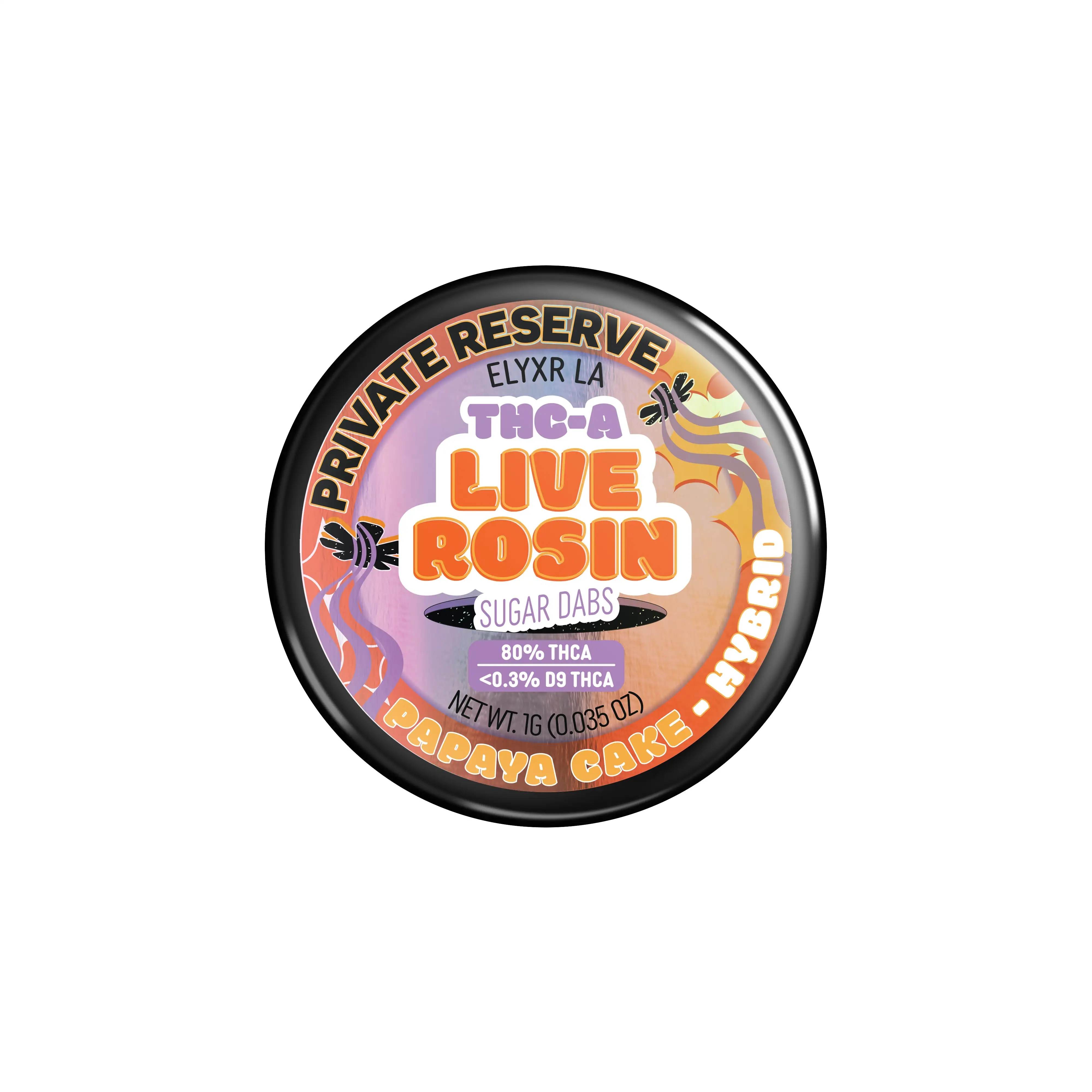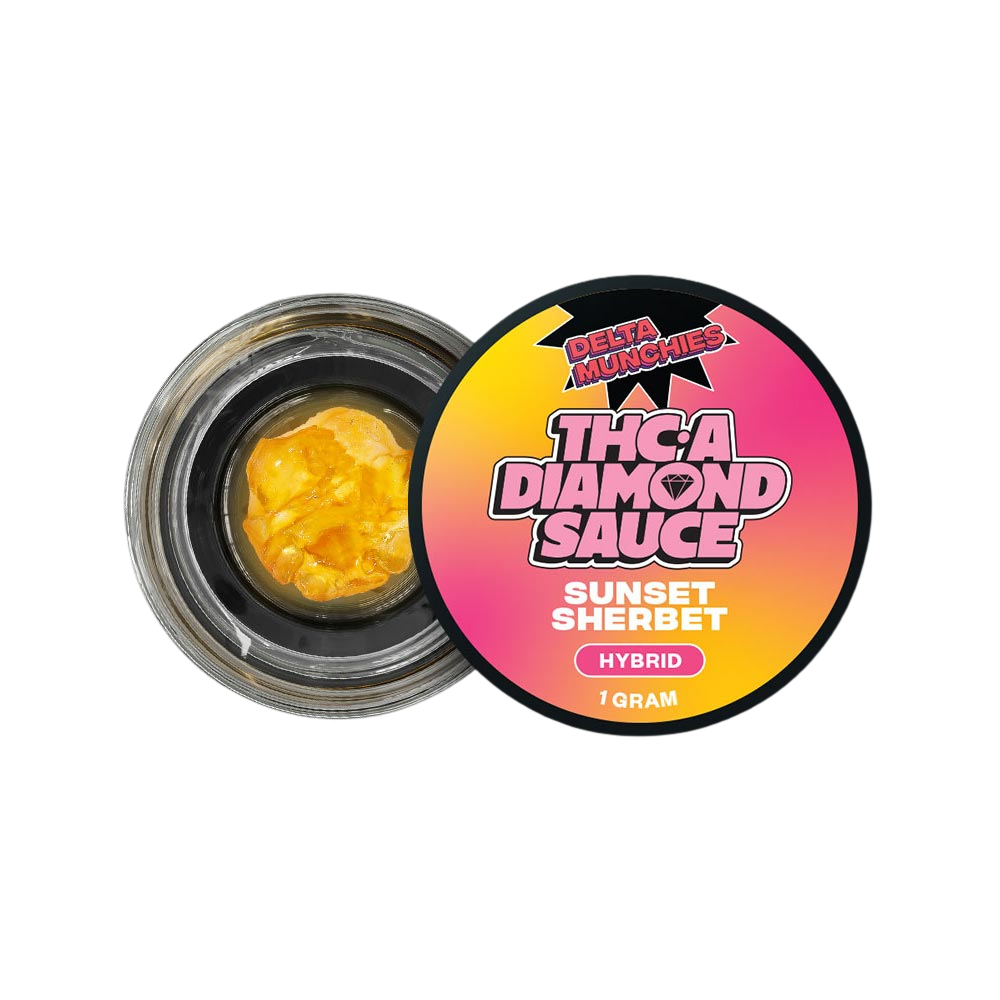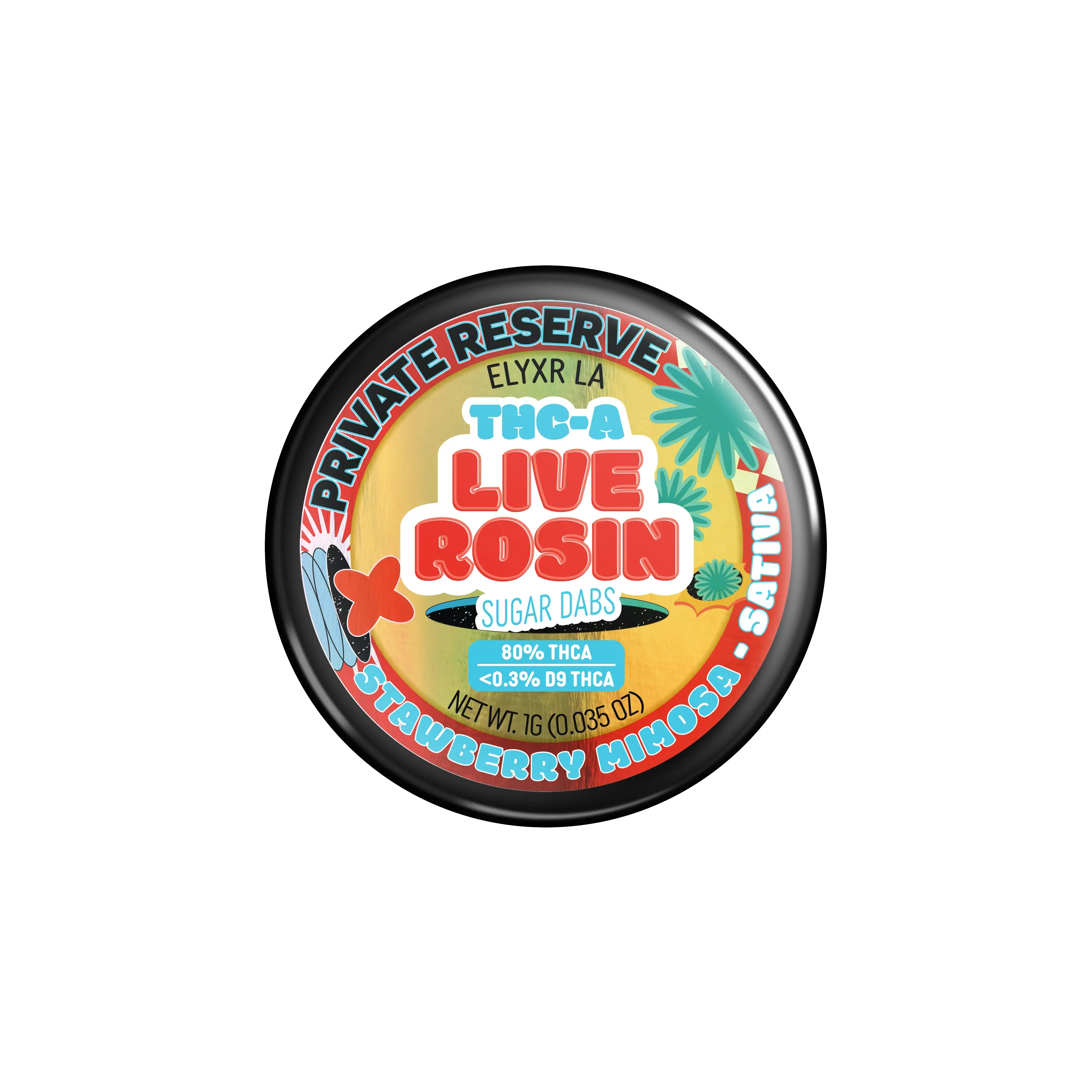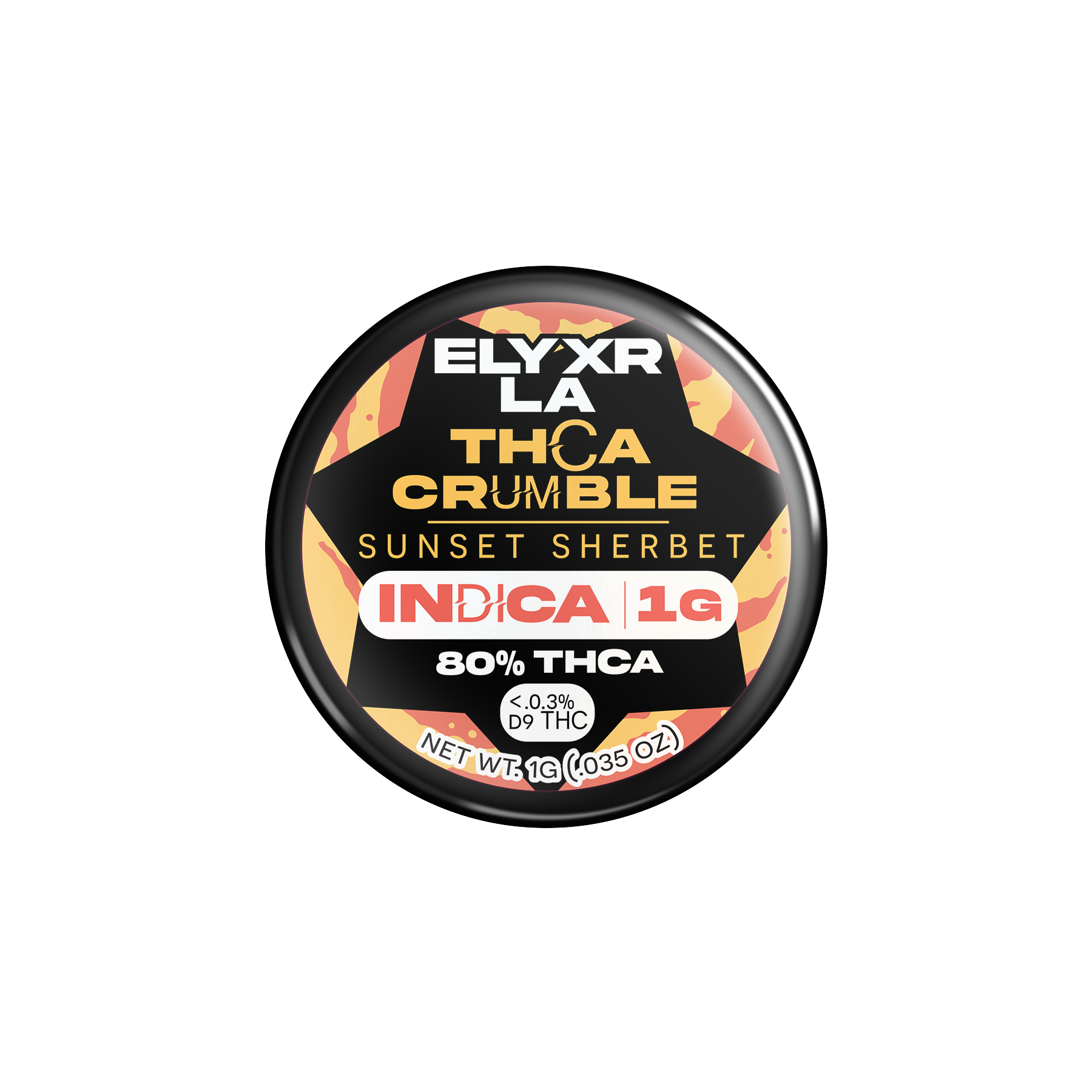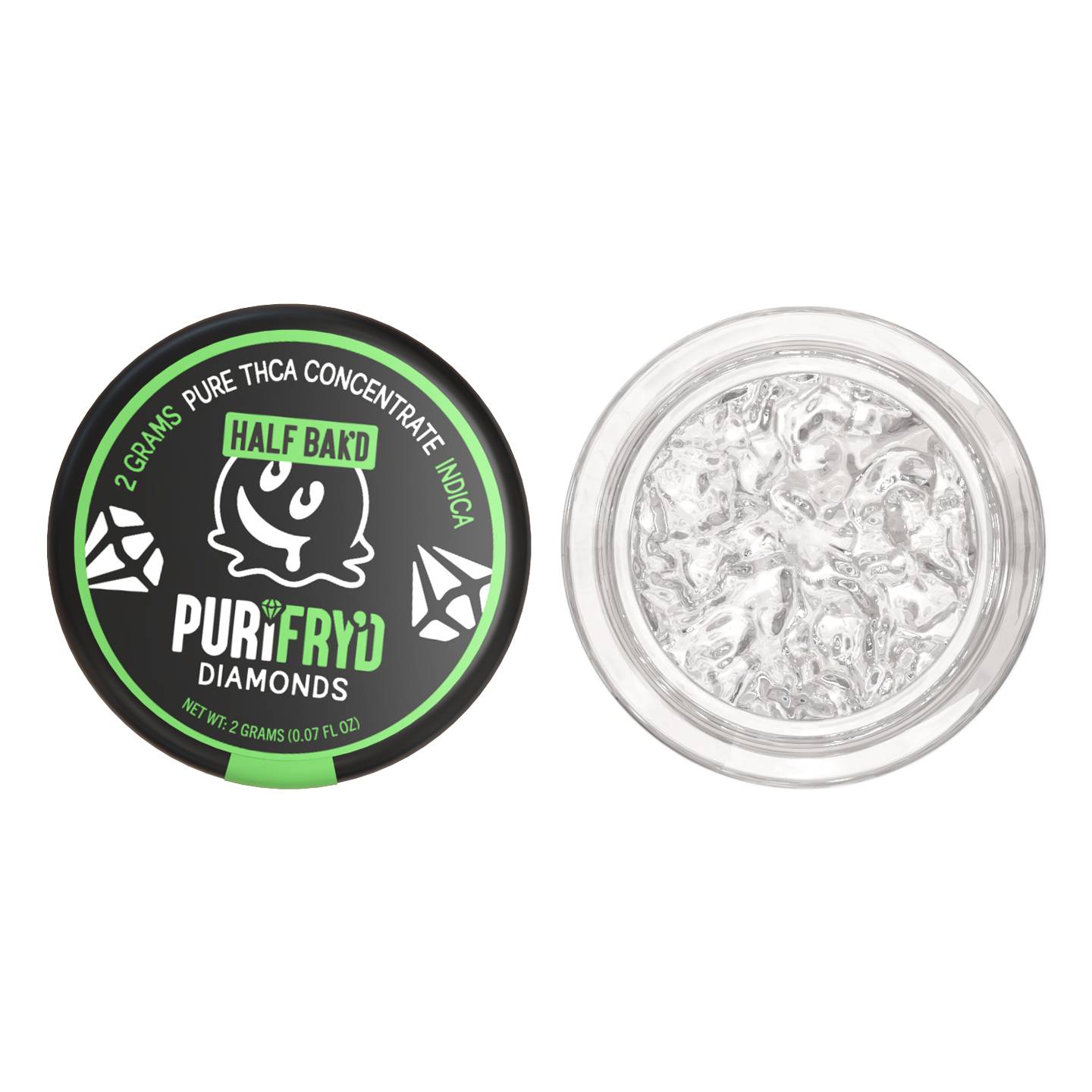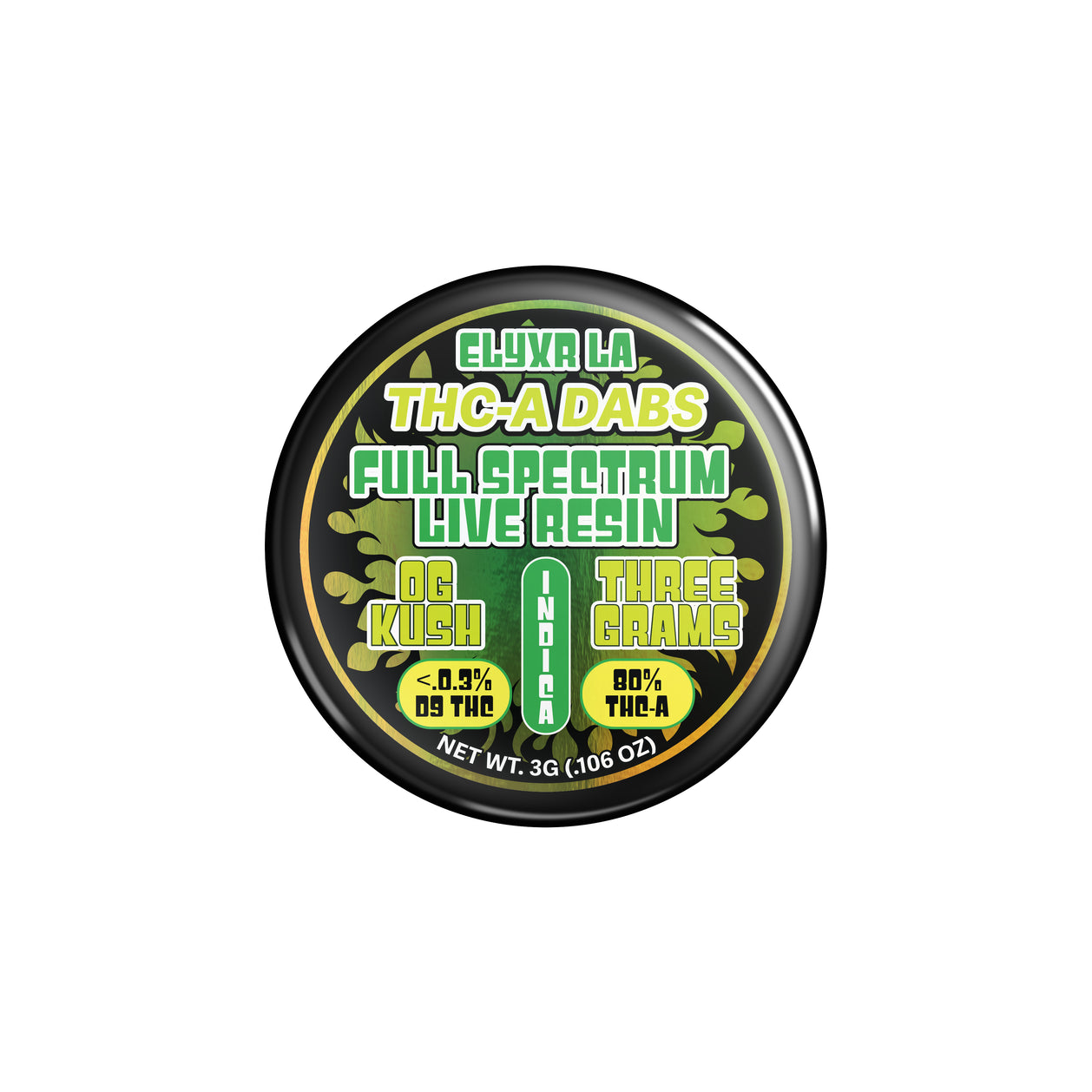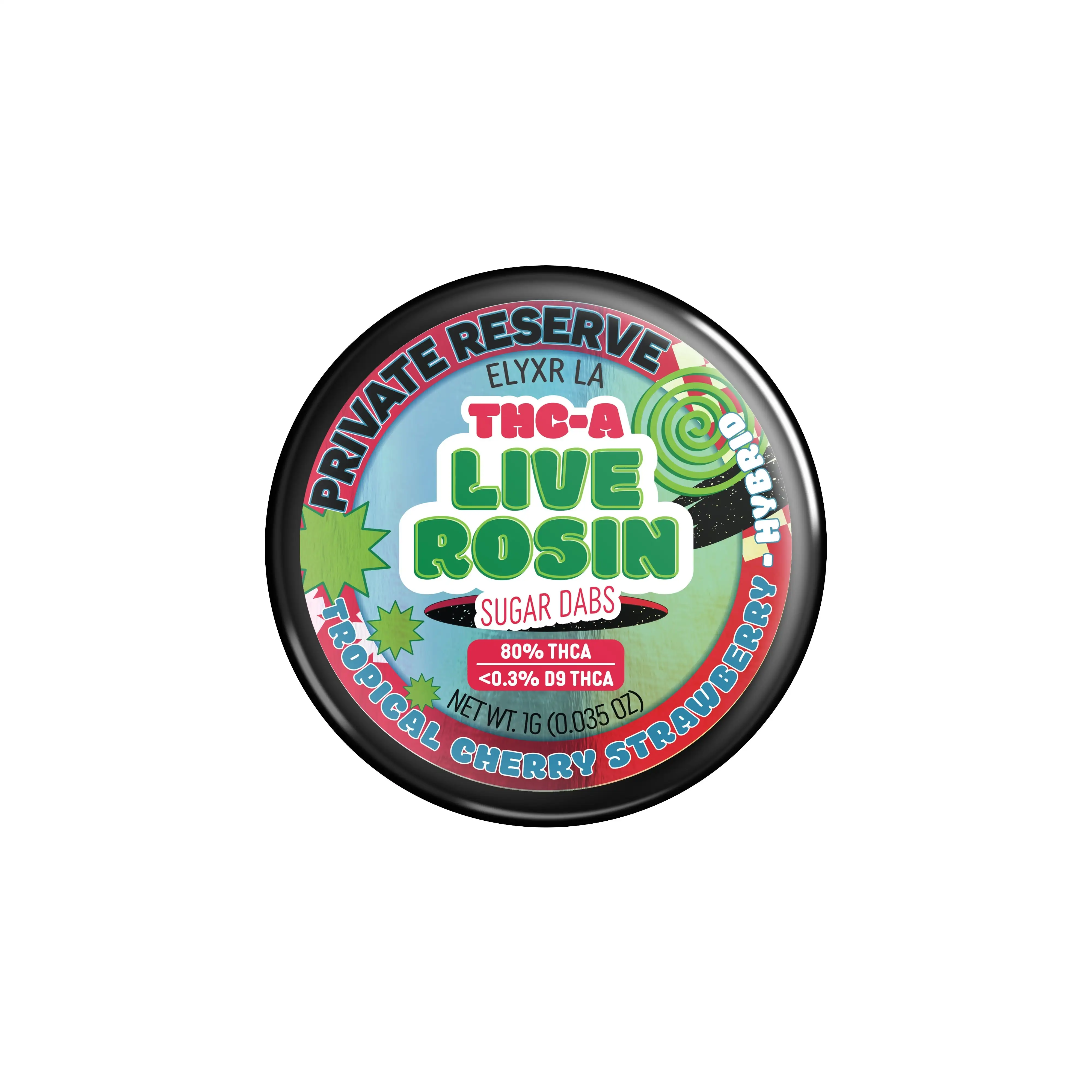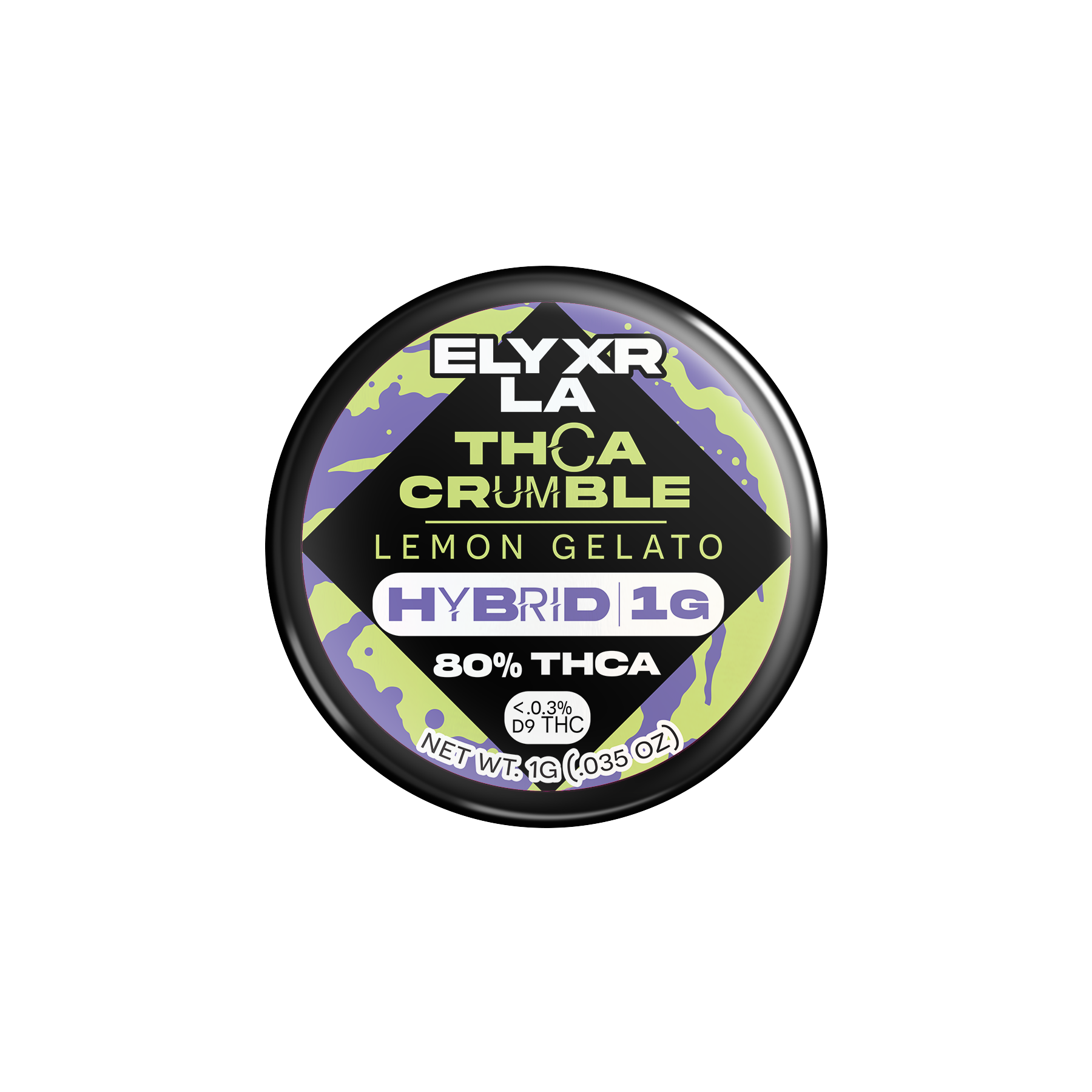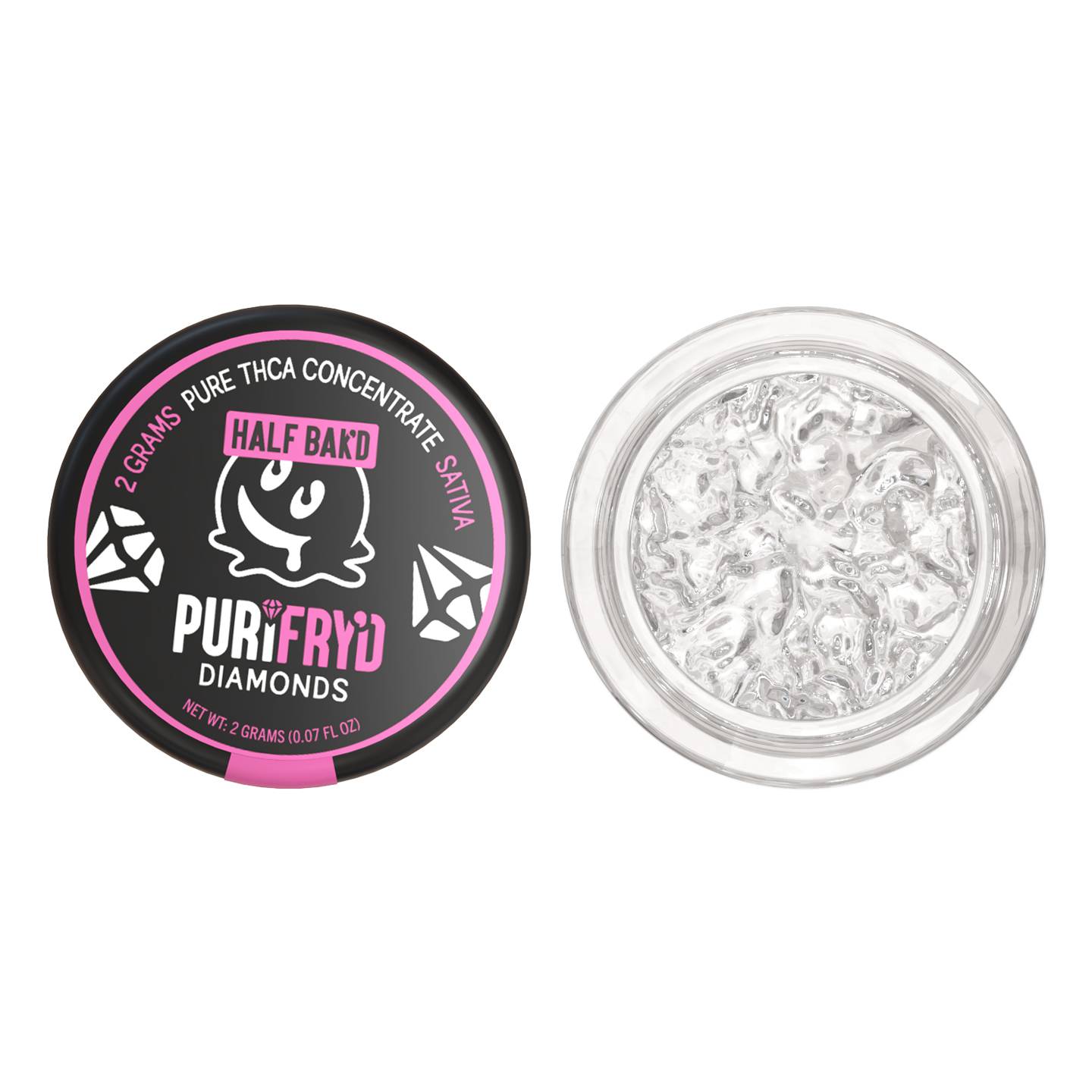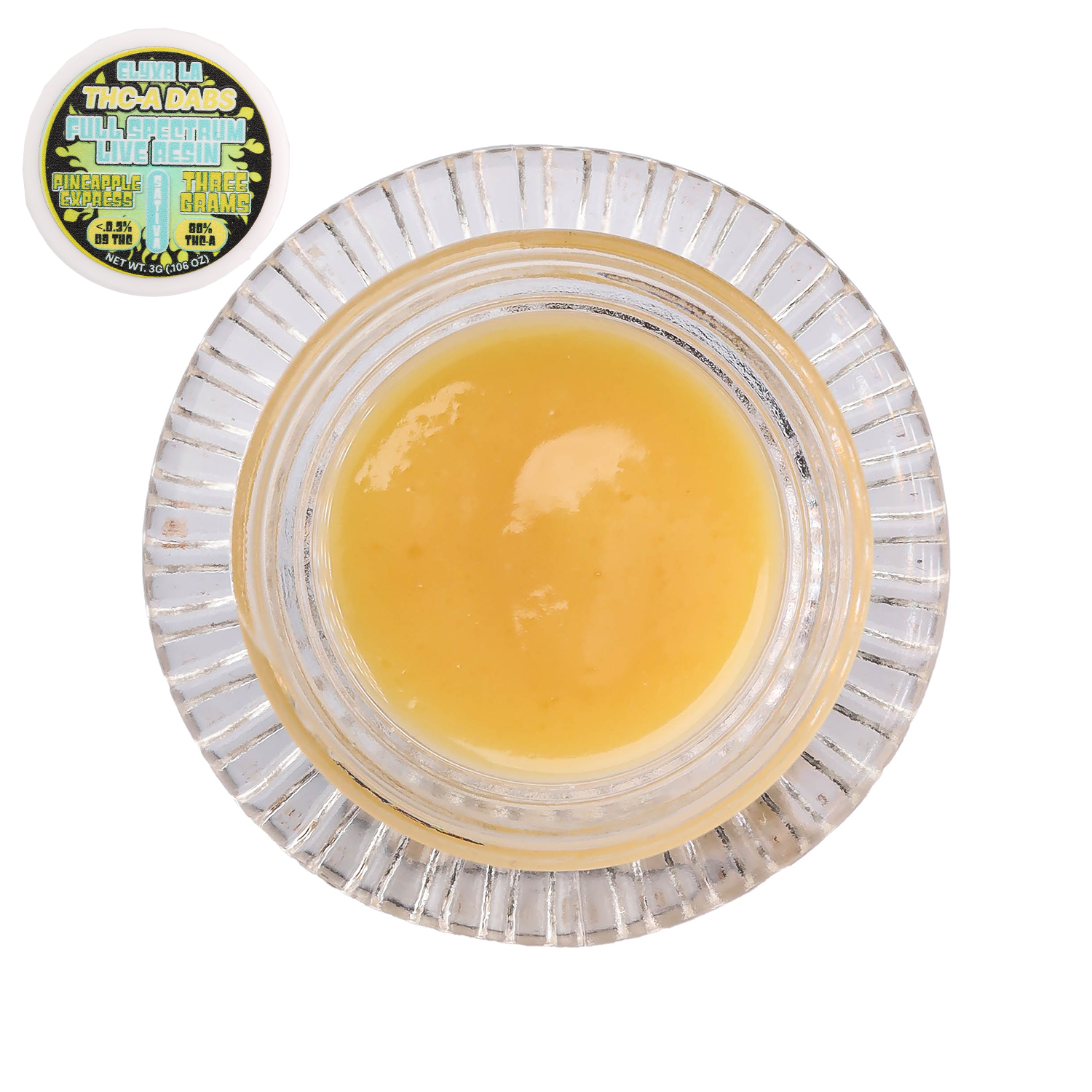If you’ve spent any time in the world of cannabis, you’ve likely heard the term rosin tossed around by cannabis enthusiasts and cannabis connoisseurs alike. But what exactly is rosin, and why has it become such a staple in both recreational and medical marijuana circles? Simply put, rosin is a solventless cannabis concentrate that provides a potent and flavorful experience without the need for chemical solvents or elaborate closed loop extraction systems.
Rosin offers a concentrated form of the beneficial compounds in cannabis, such as cannabinoids and terpene profiles, and is cherished for its purity and versatility. Whether you’re a medical marijuana patient with a medical marijuana card or a recreational user, understanding how rosin is made, its types, and its uses is essential for fully appreciating this sticky substance. In this article, we’ll cover everything from the extraction process to the various forms of rosin and how to safely consume it.
What Is Rosin?
At its core, rosin is a cannabis concentrate created using a solventless extraction method. Unlike other cannabis extracts, rosin does not require solvents like butane or CO₂. Instead, the process relies solely on heat and pressure applied to cannabis plant material.
The starting material for rosin can be cannabis flower, kief, bubble hash, or dry sift hash. The result is a sticky substance that contains high concentrations of cannabinoids and terpenes present in the original plant. Because no chemicals are used, rosin is considered a safer alternative to other concentrates such as live resin, wax, or solvent-based hash oil.
This solventless cannabis concentrate has gained popularity among both recreational users and medical marijuana patients, thanks to its potency, purity, and entourage effect—the synergistic interaction between cannabinoids and terpenes that enhances the therapeutic effects of the plant.
History and Origins of Rosin
Rosin’s rise in the cannabis industry is relatively recent but rooted in older techniques. Traditional hash makers have long sought solventless extraction methods to produce high-quality concentrates without using dangerous chemical solvents. Early forms of rosin extraction were rudimentary, often employing a simple hair straightener and wax paper at home.
With the growth of the modern cannabis industry, rosin has become more sophisticated, incorporating rosin presses, heated plates, and specialized parchment paper to create high quality rosin. Today, both small-scale hash makers and commercial producers rely on the solventless extraction method to craft rosin that rivals live resin and other concentrates in flavor, potency, and terpene profile.
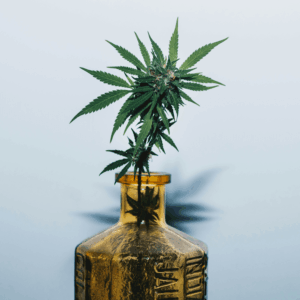
How Rosin Is Made
The rosin production process is straightforward yet precise. It relies on two key factors: heat and pressure. By applying these to plant material—typically dried flower, bubble hash, or kief rosin—you can squeeze out the resin without chemical solvents.
Steps to create rosin:
- Prepare the starting material: Use high quality material, either dried flower or processed kief.
- Use a rosin press or hair straightener: Place the plant matter between parchment paper.
- Apply heat and pressure: The combination causes the resin to ooze out, leaving behind compressed plant matter.
- Collect the rosin: Once the rosin cools, scrape it off the parchment paper using a dab tool.
Some enthusiasts even make rosin at home using a hair straightener, although a dedicated rosin press ensures more consistent results. Temperature control is critical: too much heat can degrade terpenes and other compounds, while too little yields minimal extraction. Heat resistant gloves are recommended when handling heated plates or dab rigs to prevent injury.
Types of Rosin
Rosin comes in several varieties, each offering different flavor profiles, textures, and potencies. The main types include:
- Flower Rosin: Extracted directly from cannabis flower. Potent and flavorful, this is often considered the purest form of solventless concentrate.
- Hash Rosin: Made from bubble hash or dry sift hash, yielding a more concentrated product with higher cannabinoid content.
- Live Rosin: Produced from flash frozen cannabis to preserve terpene profiles. Known for its aromatic and flavorful rosin full spectrum profile.
- Dry Sift Rosin: Created from dry sift processed through kief collection methods for maximum purity.
Each type varies slightly in consistency, from soft wax-like textures to firmer dark color shatters, but all remain solventless cannabis concentrates prized by cannabis connoisseurs.
Terpenes and Flavor in Rosin
The terpene profile in rosin is one of its most appealing aspects. Because the process avoids chemical solvents, the beneficial compounds and aromatic terpenes from the cannabis plant are preserved. This leads to a unique scent and flavor profile that often mirrors the original cannabis flower.
Common terpenes and their effects:
- Limonene: Citrus, lemony aroma, uplifting effect.
- Myrcene: Earthy, musky aroma, relaxing effect.
- Pinene: Piney scent, may aid alertness.
- Caryophyllene: Spicy, peppery notes, anti-inflammatory properties.
These other compounds contribute not only to smell and taste but also to the entourage effect, enhancing the overall therapeutic effects of the concentrate. High-quality rosin often boasts a full spectrum of cannabinoids and terpenes, making it a favorite among medical marijuana patients.
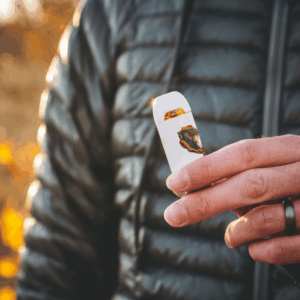
How to Use Rosin
Rosin is versatile and can be consumed in several ways. Common methods include:
- Dabbing: Using a dab rig or dab tool to vaporize rosin.
- Smoking Rosin: Adding rosin to joints, bowls, or blunts.
- Rosin-Infused Edibles: Mixing rosin into foods or oils for ingestion.
Because rosin is a potent concentrate, dosing should be approached carefully, especially for medical marijuana patients. Beginners may start with small amounts to gauge effects. Cannabis enthusiasts value rosin not just for its potency but also for its terpene profile, which delivers flavor and therapeutic effects that are often lost in solvent-based concentrates.
Benefits of Rosin
Rosin has become a staple in both recreational and medical marijuana use for several reasons:
- Solventless: Unlike rosin vs resin, no chemical solvents are needed, reducing risk of contamination.
- Preserves beneficial compounds: Maintains terpenes present in the original cannabis plant.
- Flavorful and aromatic: Offers high quality rosin with unique scent and flavor profile.
- Versatile consumption: Can be smoked, dabbed, or incorporated into rosin-infused edibles.
- Therapeutic benefits: High cannabinoid content supports pain relief, relaxation, and stress reduction.
The combination of high quality material, sticky substance, and solventless extraction method makes rosin a standout concentrate in the cannabis industry.
Potential Risks and Considerations
While rosin is generally safe, there are some considerations to keep in mind:
- High potency: Can be overwhelming for new users. Start with a small dab.
- Heat handling: Use heat resistant gloves when using a rosin press or dab rig.
- Storage: Improper storage can degrade terpene profiles, resulting in less flavorful rosin.
- Quality control: Only purchase high quality rosin from reputable sources to ensure purity.
By understanding the extraction process and how to safely consume rosin, users can enjoy its benefits while minimizing potential risks.
Rosin vs Other Concentrates
Many cannabis enthusiasts compare rosin to live resin, wax, and solvent-based hash oils. Key differences include:
- Solventless vs Solvent-Based: Rosin requires only heat and pressure, while other concentrates often require solvents.
- Flavor and aroma: Rosin preserves terpenes present in the cannabis plant, making it more aromatic than some other concentrates.
- Potency: While potent, rosin is often less concentrated than some live resin products.
- Accessibility: Rosin at home is possible with simple equipment like a hair straightener, parchment paper, and wax paper, whereas other concentrates need specialized closed loop extraction systems.
Ultimately, rosin offers a safer, flavorful alternative to solvent-based concentrates and is ideal for cannabis connoisseurs seeking purity and potency.

Conclusion
Rosin is an umbrella term for solventless cannabis concentrates extracted from cannabis flower, kief, or hash using heat and pressure. Whether you choose flower rosin, hash rosin, or live rosin, the end product is a sticky substance rich in cannabinoids and terpenes present in the original cannabis plant.
From rosin production at home to commercial cannabis industry offerings, the appeal of rosin lies in its purity, flavor, potency, and therapeutic effects. Whether you’re a recreational user or a medical marijuana patient, rosin provides a high quality rosin experience with a robust entourage effect, making it a favorite among cannabis enthusiasts worldwide.
With proper handling, dosing, and storage, anyone can safely enjoy rosin, consume rosin in various ways, and appreciate the full spectrum of beneficial compounds it offers. The rise of rosin reflects the growing demand for solventless cannabis concentrates that prioritize safety, flavor, and potency without compromising quality.
Frequently Asked Questions
1. What is rosin and what does it do?
Rosin is a solventless cannabis concentrate extracted from cannabis plant material using heat and pressure. It contains high levels of cannabinoids and terpenes present, making it potent, flavorful, and often used by cannabis connoisseurs. Its main purpose is to deliver the therapeutic effects and potency of the cannabis plant in a concentrated, sticky substance form that can be smoked, dabbed, or incorporated into rosin-infused edibles.
2. Does rosin get you stoned?
Yes, rosin can get you stoned, sometimes more intensely than traditional cannabis flower, due to its high cannabinoid content. Whether you smoke rosin, dab it using a dab rig, or consume it in edibles, the potent concentrate delivers the psychoactive effects of THC along with the entourage effect from preserved terpenes. Users should start with small amounts to gauge their tolerance.
3. What is rosin for the violin?
Rosin for the violin is completely different from cannabis rosin. It is a solid, sticky substance made from tree sap and applied to a violin bow to create friction with the strings, producing sound. Despite sharing the same name, violin rosin and cannabis rosin are unrelated in composition and use.
4. What is rosin used for smoking?
Rosin is smoked primarily as a cannabis concentrate to enjoy its flavor, aroma, and potency. It can be consumed on its own or added to cannabis flower. Common methods include:
- Dabbing using a dab rig and dab tool.
- Sprinkling on joints or bowls to enhance cannabinoid content.
- Adding to rosin-infused edibles after decarboxylation.
Smoking or dabbing rosin preserves its full terpene profile, maximizing both taste and therapeutic effects.




